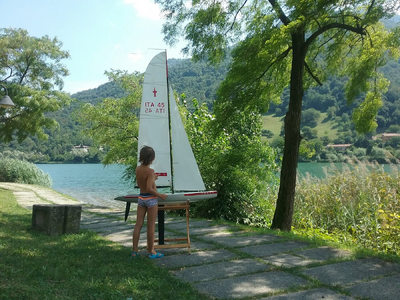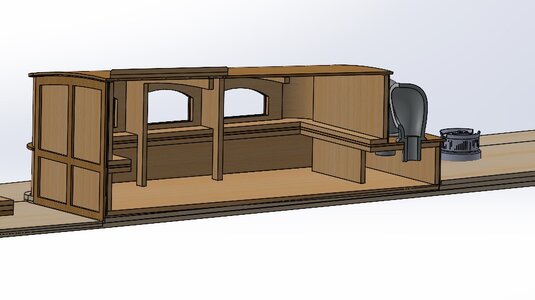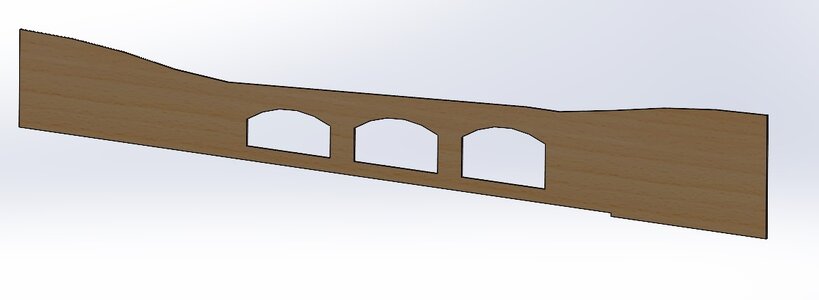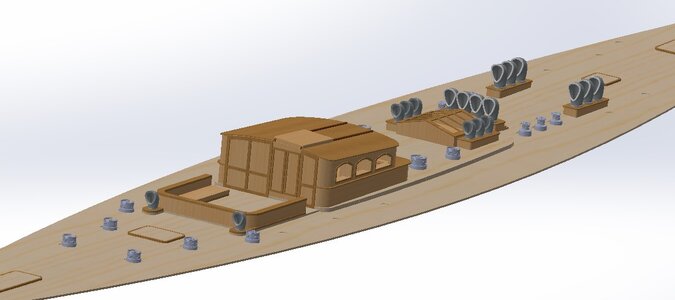I hope this is the right section for showcasing the new designs I am creating. And I hope it is acceptable to show this kind of work on this site, as most of my work is done for large-scale R/C modellers.
My current project is the development of detail parts for the deck of the J-class Ranger, in 1:16 scale. These will be available as two sets of parts on my website. In one set, you will get laser-cut plywood parts and in the other set you will have 3D-printed winches and the Dorade vents. This particular model is 106" long. The parts set includes a deck made in thin plywood over which the modeller will add planking.
I wish I could spend more time actually building my models but, by working in CAD, I can build my models vicariously through very talented builders all over the world. This particular set of parts will be going to a wonderful modeller in Texas, in the US, where there is quite a large number of large-scale R/C boat modellers.
The first picture includes the plan sheet in the background. The second picture has the background sheets removed.
Once I have developed the parts, I will add a little rendering to make things look a little nicer.
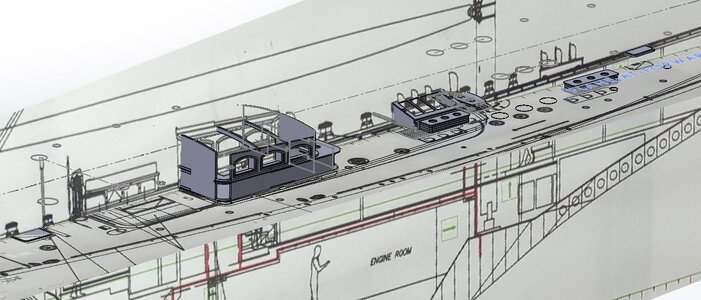

My current project is the development of detail parts for the deck of the J-class Ranger, in 1:16 scale. These will be available as two sets of parts on my website. In one set, you will get laser-cut plywood parts and in the other set you will have 3D-printed winches and the Dorade vents. This particular model is 106" long. The parts set includes a deck made in thin plywood over which the modeller will add planking.
I wish I could spend more time actually building my models but, by working in CAD, I can build my models vicariously through very talented builders all over the world. This particular set of parts will be going to a wonderful modeller in Texas, in the US, where there is quite a large number of large-scale R/C boat modellers.
The first picture includes the plan sheet in the background. The second picture has the background sheets removed.
Once I have developed the parts, I will add a little rendering to make things look a little nicer.








